Cystitis (Cyctitis) is a common disease of the excretory system associated with an inflammatory process in the bladder mucosa. It should be noted that every fourth woman at least once in her life faces the symptoms of cystitis, and every tenth suffers from a chronic form of this disease. It is also worth comparing the frequency in women and men: only 0. 5% of men suffer from cystitis, which is mainly due to the difference in the structure of the urinary canal and the difficulty of infection entering it.
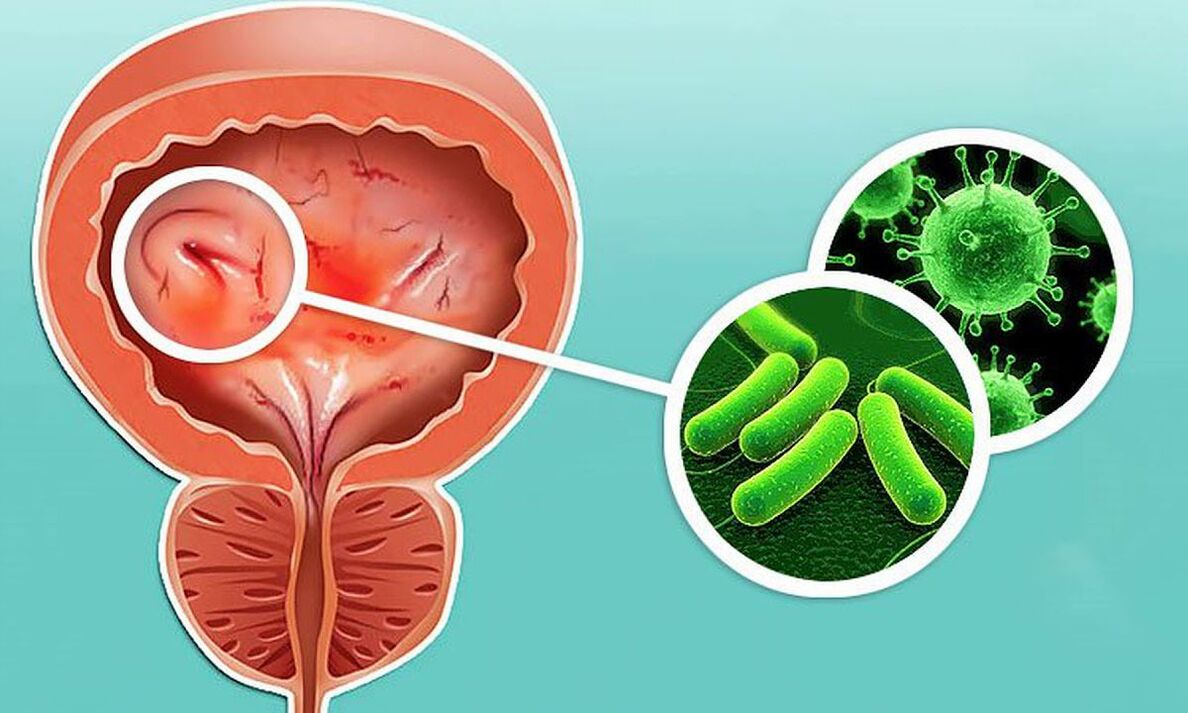
Causes of the disease
Cystitis in women usually occurs due to the entry of an aggressive opportunistic pathogen into the urethra, as well as ascending sexually transmitted infections: chlamydia, ureaplasma, fungal infections of the genus Candida, etc. Short and wide urinary tracts are often vulnerable to such infections. The appearance of cystitis in women can also occur due to the movement of pathogens through the blood. This path of development of the disease is called hematogenous.
Another option for infection is the entry of bacteria into the bladder with pathologies of the kidneys and ureters. Usually, such a development of events can be observed in pyelonephritis.
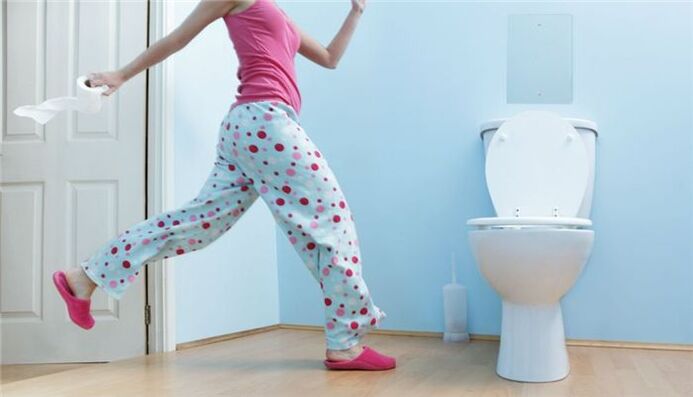
It should be noted a rarer, but still occurring variant of the development of the disease, provoked by abnormalities in the development of the excretory system. Also, reducing the contractility of the bladder muscles can lead to cystitis.
Signs of infection can appear especially actively in the presence of predisposing factors. They include:
- Sedentary work. If you are in a sitting position for more than three hours at a time, urine stagnates, leading to a possible bladder infection. Therefore, if your work involves long sitting in one place, you should get up every hour and do a little warm-up every three hours.
- constipation
- The presence of sand and stones in the bladder.
- Tight underwear that can disrupt normal blood circulation in the pelvic organs.
- Frequent hypothermia of the body.
- Lower back injury, spinal cord injury.
- Early onset of sexual activity.
- Metabolic disorders, hormonal changes in the body (eg menopause or pregnancy). During hormonal surges, the body's immune system can become damaged. Please note: when carrying a child, the expectant mother is at particular risk in case of infection and development of cystitis. That is why during pregnancy you should carefully monitor your own health and consult a doctor at the first signs of the disease.
- Diabetes mellitus.
- Therapy with immunosuppressive drugs.
- Oncological diseases.
- Unbalanced and irregular diet: abuse of spicy and fried foods, alcohol.
- Improper hygiene procedures (in particular, improper washing in the direction from the anus to the vagina).
- The probability of bladder infection is high with insufficient personal hygiene (long wearing of the same pad or tampon during menstruation, untimely change of underwear, constant use of daily pads).
- Stress, chronic lack of sleep, which has a serious impact on the state of immunity.
- A general decrease in immunity caused by the presence of a chronic focus of inflammation in the body (stomatitis, caries, rhinitis, tonsillitis). As a result, this can lead to a violation of the sterility of the urethra
Separately, it is worth emphasizing such a form of bladder inflammation as interstitial cystitis, which is a consequence of serious disorders in the functioning of the immune system and is a severe chronic disease.
Symptoms and signs
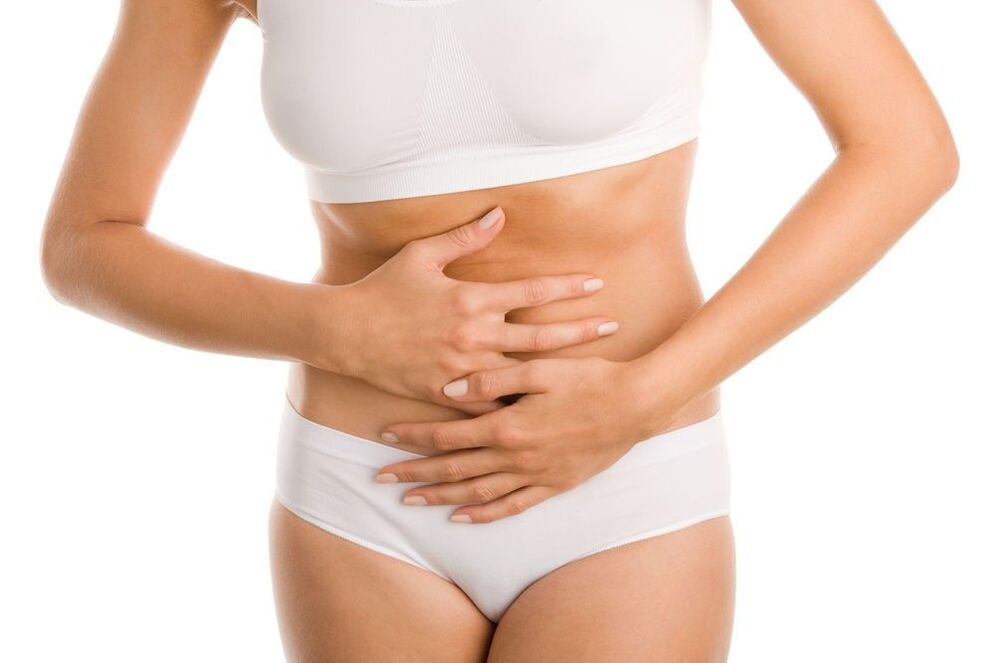
The symptoms of cystitis are very characteristic and allow you to immediately make the correct diagnosis. First of all, these are frequent urination (the patient visits the toilet up to several times an hour) and the manifestation of pain at the end of the process of emptying the bladder. Also, the most prominent symptoms include:
- feeling of bladder fullness even after urinating;
- impurity of blood or pus in the urine;
- urine with cystitis in women acquires a sharper smell;
- cloudy urine and the presence of flakes in it;
- pain in the lower abdomen;
- when the infection spreads, including in the upper parts of the urinary system, pain in the kidneys and lower back is possible;
- quite rarely, but still having difficulty holding urine
If you find these symptoms in yourself, you should consult a doctor for diagnosis and further treatment, since the advanced form of the disease is fraught with a number of complications.
Symptoms of cystitis cause a woman not only physical, but also psychological discomfort, leaving an imprint on her personal and social life. That is why it is necessary to react as soon as possible to the appearance of the first signs of the disease and start therapy.
If the inflammation caused by an infection passes to the muscle layer of the bladder, the appearance of an interstitial form of cystitis, which was already mentioned above, is possible. In this case, urine is introduced into the walls of the organ, as well as its reflux into the ureters.

If left untreated and if the infection spreads vertically, kidney disease, pyelonephritis, may develop.
Types of cystitis
It is necessary to distinguish the types of the disease, which differ in the way of occurrence, the course, the morphological changes and the nature of the spread.
All varieties of cystitis are divided according to the nature of the course into acute and chronic. We will consider both options for the course of the disease.
Acute cystitis
Against the background of the manifestation of the symptoms described above, acute cystitis gives a subfebrile temperature, general malaise. The blood vessels of the bladder expand, which causes the walls of the organ to swell. In this case, point hemorrhages and hyperemia (hyperemia) are observed. In the acute phase of the disease, the mucous membranes and submucous membranes of the bladder are usually affected, sometimes their epithelium is rejected and blood may appear in the urine. The color of urine in a hemorrhagic form of the disease can vary from light pink to cloudy brown.
Chronic cystitis
When the disease enters a chronic phase, the inflammation expands and passes from the mucosa and submucosa to the muscle layer of the bladder. In this case, the color of the mucous membrane acquires a whitish or grayish hue. If the disease is not treated for a long time, sclerotic processes occur in the organ, due to which its volume can be reduced.
In the chronic form, all the signs listed above can be "blurred" and weakly expressed, which makes the diagnosis difficult. If chronic cystitis is suspected, it is necessary to focus on the data from the anamnesis, macro- and microscopy of urine, cystoscopy and bacteriological examination. Parallel gynecological examination is particularly important in the detection of chronic cystitis, since often genital infections cause the appearance of chronic forms of cystitis.
Acute and chronic cystitis: which doctor to turn to?
Standard tests for the diagnosis of cystitis in older women, mature women and girls are general urinalysis, urine culture to detect pathological flora (bacteriuria), Nechiporenko analysis. As additional measures, modern clinics often offer ultrasound of the bladder and kidneys, cystoscopy and tests for STIs. In some cases, the doctor may prescribe a urine sample for analysis not by the standard method, but by using a catheter. This may be necessary to prevent vaginal secretions from entering the urine.
Treatment of acute cystitis is carried out on the basis of antibacterial drugs. Due to the fact that such drugs are excreted through the kidneys, it is very easy to achieve the desired concentration of the antibiotic in the bladder, so the effect of the treatment appears as quickly as possible. There are two important factors to consider:
The doctor should prescribe antibiotics after receiving the results of the urine culture, which will determine the sensitivity of the pathogen to the selected drug.
Even after amelioration of the condition, the prescribed course of antibiotics must be carried out to the end, which will avoid relapse and the transition of the disease into a chronic form.
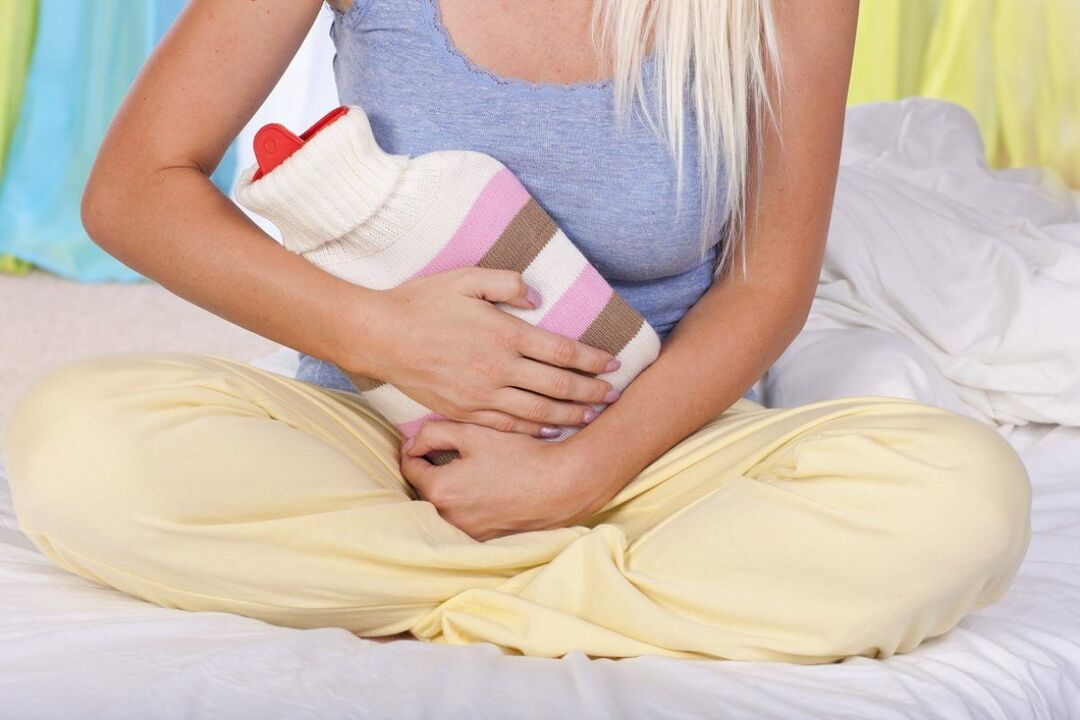
As auxiliary measures for the treatment of cystitis, the following are applied:
- medicines to relieve bladder spasms, general anti-inflammatories;
- physical therapy;
- ozone therapy;
- acupuncture.
For the treatment of a chronic form of cystitis, local application of drugs that prevent the reproduction of pathogenic microorganisms can also be used. A tea tree essential oil gel can be used as an aid. The gel is recommended for eliminating vaginal discomfort, normalizing the microflora and restoring the vaginal mucosa after infectious and inflammatory diseases and in the period after antibiotic treatment.
Acute cystitis
It is worth noting that the treatment of acute cystitis is always bed rest. Treatment of the inflammatory process in the bladder "on the go" without issuing a sick leave, especially in the cold season, means the risk of a possible transition of the disease into a chronic form. The disease is always accompanied by strong stress on the body, which requires rest and rest. Inat the same time, neglecting the disease and postponing a visit to a doctor can lead to pyelonephritis, the treatment of which will require constant medical supervision.
Diet
To relieve inflammation as quickly as possible, it is recommended to drink a lot of fluids: the minimum amount of fluid you drink should be 1. 5 liters per day.
Nutrition for cystitis has a number of restrictions. Excluding spicy and spicy will contribute to recovery and avoid a repeat of the situation. During the treatment period, it is necessary to completely exclude alcohol. This applies to all alcoholic beverages.
If you feel painful and frequent urination, impurities of blood, scales or pus in the urine, do not rush to panic. In fact, according to statistics, female cystitis is a very common phenomenon.
The main thing is not to delay and consult a doctor in time.
As a rule, this disease is determined when there are frequent painful emissions of urine in small portions, with impurities of blood. Such processes are often accompanied by an increase in body temperature. Cystitis is dangerous with possible development in a chronic form or development of inflammation in the kidneys. Most often, cystitis has an infectious nature.
Cystitis is widespread in women and men, but the fairer sex is more prone to suffer from this disease due to the anatomical features of the female body. The female urethra is shorter and wider than the male, which makes it easier for pathogens to enter the bladder. This explains the frequent cases of cystitis in women. Women of childbearing age are most susceptible to cystitis. There are many cases of recurrence of cystitis, which significantly worsens a woman's health, affects her life.
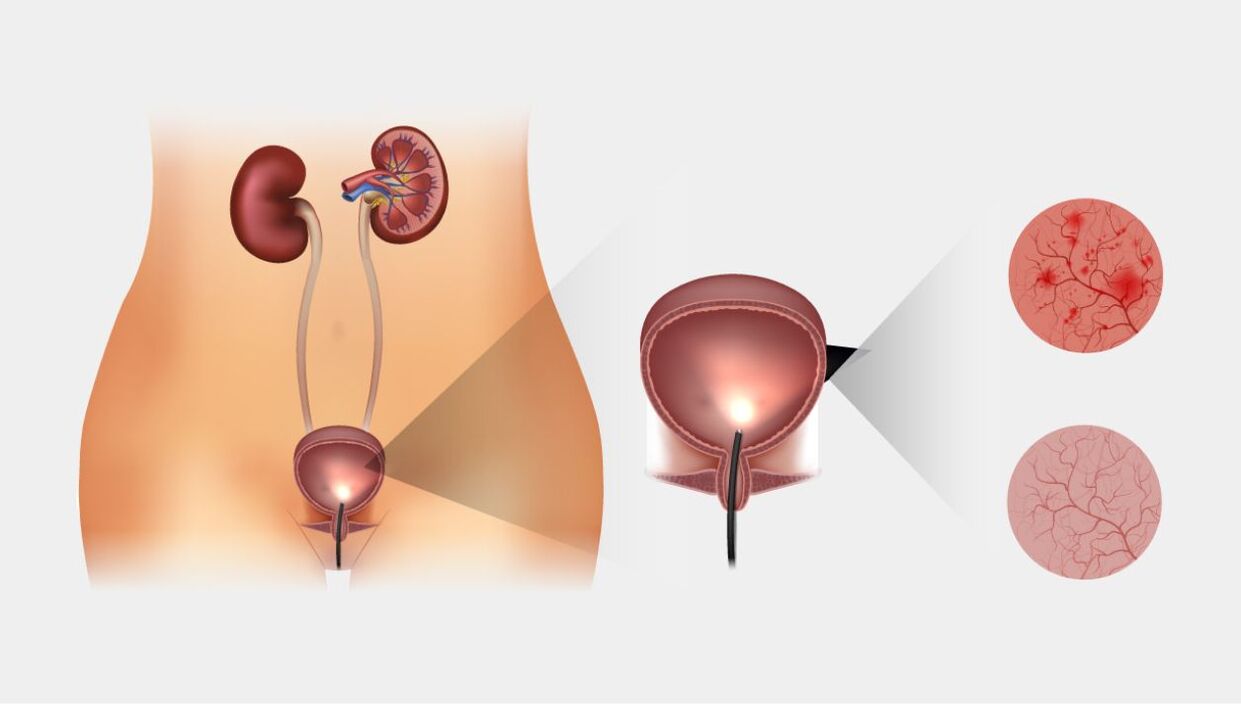
Spread of cystitis
The so-called acute cystitis is one of the most common urological diseases. It is not unusual to find uncomplicated cystitis, during which microbes affect only the mucous membrane and do not affect the submucosal layer.
Based on scientific research, it can be claimed that 26 to 36 million people suffer from acute cystitis every year in our country.
Girls suffer from cystitis almost three times more often than boys. The disease is sometimes diagnosed in newborns and children under 1 year of age, and is more common in children aged one to three years and especially in 13-15 year olds. As a rule, cystitis often occurs in patients aged 4 to 12 years.
Chronic cystitis is one of the most common urological diseases. Based on these studies, chronic cystitis can be seen in 11-21% of the population. The significant scatter in the data is due to the different approach regarding the definition of chronic cystitis. Some authors of the study wrote that the diagnosis of "chronic cystitis" should be considered when exacerbations occur 2 times a year or more.
cystitis in summer
There are very few women who have not felt the symptoms of cystitis on themselves, when the pleasure of the wonderful summer days was darkened by such an unpleasant disease. In addition, in the summer, especially when a woman travels a long distance from home and finds herself in an unusual environment, there are many reasons for the appearance of cystitis.
Most often, cystitis in the summer season occurs due to such factors:
- living in a new place during the holiday period, which causes problems with personal hygiene;
- hypothermia of the body, which occurs as a result of prolonged bathing in cold water;
- violation of the usual mode of urination, which is associated with moving, flying or staying in a new place;
- drastic climate change, which adversely affects human immunity.
An additional factor for the threat of developing cystitis in some cases is the increase in sexual activity against the background of the above conditions, which are unfavorable for the female body.
In the event that your weekend or vacation is still spoiled by the appearance of such an unpleasant disease, it is necessary to make an appointment with a urologist as soon as possible. To clarify the diagnosis, you will need to undergo an ultrasound of the bladder, pass a urine test. Today, antibacterial drugs effectively act directly on the causative agent of cystitis and can accelerate the healing process, as well as prevent the development of acute cystitis in a chronic form.
Modern drugs, unlike the drugs of the past generation, which affect the entire body of the patient, affect only the inflamed areas of the bladder, minimally affecting other human organs. The main concentration of drugs is maximally revealed exclusively in the urine and the mucous membrane of the bladder, which is inflamed. This allows you to reduce the toxic effect on other organs and focus all the burden on the treatment of cystitis.
Among the drugs that are used to treat this disease, it is worth noting the drug fosfomycin. It, given its high selectivity of action with minimal toxicological load on the body, has another useful quality - this drug does not subsequently cause phototoxicity. This is the name of a side effect that can be caused by many drugs used to treat cystitis. The manifestation of phototoxicity is an increase in sensitivity to sunlight, the appearance of redness or burning under the influence of ultraviolet rays, even of low intensity. Phototoxicity occurs due to the presence in the preparations of substances that have the properties of photosensitizers or photoreagents. Such substances cause the appearance of a significant amount of free radicals in the skin, which cause the destruction of skin cells, inflammation and even burns.
Unlike other drugs for the treatment of cystitis, fosfomycin is not able to cause phototoxicity, which means that it can be used without disrupting the planned regimen of a beach vacation. The advantage can also be called the maximum lack of side effects, which makes possible safe and very effective treatment of cystitis in children and pregnant women.
cystitis during pregnancy
The fairer sex is very often interested in the question of how this disease affects pregnancy. In all patients, inflammation of the bladder causes discomfort, and for a woman in this position, who has a weak immune system, this disease can become a serious trial. Pregnant women who are faced with symptoms of bladder inflammation have to go through many problems. Cystitis during pregnancy is undoubtedly dangerous, but with a timely visit to the doctor, unwanted consequences can be prevented. Self-medication or ignoring the disease can provoke a very serious complication, such as a kidney infection. Bacteria can seriously damage them. The lining of the bladder, which is inflamed, can also have a negative effect on the fetus. There is a chance that a child will be born prematurely, with a lack of weight.
Children's cystitis
It is commonly believed that only adults are affected by cystitis, but this is not the case. In addition, there are no age restrictions for this type of disease. Adults, children and the elderly can also get sick. Both men and women and very young patients suffer from cystitis, but the treatment of cystitis in children has its own characteristics.
Very often, cystitis in children occurs due to hypothermia. Bacteria are the main cause, and fungal and viral infections are extremely rare.
Causes of cystitis
In 70–95% of patients suffering from acute cystitis, it is caused by Escherichia coli (E. coli), in 5–20% Staphylococcus aureus (Staphylococcus saprophyticus) is observed, in the remaining patients Proteus mirabilis acts as the causative agent of the disease. ) and Klebsiella (Klebsiella spp).
As a rule, cystitis is caused by microorganisms of the opportunistic flora. Studies confirm that the causative agents of cystitis may not necessarily be bacteria, it is quite possible to get sick with cystitis, the cause of which will be mycoplasma virus, chlamydia, trichomonad and other fungi.
The high prevalence of cystitis among women is due not only to the small length of the urethra, but also to its wide lumen and its physiological location relative to other organs. The female urethra, unlike the male urethra, is closer to the anus. Due to such anatomical features of the female body, the body is poorly protected from pathogenic microbes entering the urethra, after which microbes can easily migrate to the bladder, which can cause cystitis.
In men, cystitis is less common. The causes of the manifestation of this disease in men are most often inflammation of the urethra, epididymis, seminal vesicles, prostate gland. It happens that the penetration of infection in the area of the urethra is due to catheterization. The risk of cystitis doubles after bladder catheterization in men with BPH, in which frequent urinary retention is one of the symptoms. The probability of developing cystitis also increases after the introduction of a catheter in a pregnant woman or a woman who has just given birth, this is based on a decrease in the tone of the urinary tract.
Symptoms of cystitis
In adults, cystitis usually causes frequent, painful urination. The nature of the pain is described as a burning sensation. Urine changes, may smell strong, become cloudy and contain blood. At this time, the state of health may deteriorate and constant pain in the lumbar region may be felt. In the elderly and children, the symptoms of cystitis are usually not as obvious. They can be characterized by symptoms such as fever, abdominal pain and nausea.
Diagnosis of cystitis
When diagnosing a disease, the urologist examines the results of the urine test, as well as the results of the ultrasound examination of the bladder. To determine the etiology of cystitis, they resort to bacterial cultures of urine and also take a swab from the urethra. In most cases, the causative agents of cystitis can be bacteria from conditionally pathogenic flora, namely staphylococci, streptococci, E. coli, etc. Often, cystitis occurs due to infection with pathogens that can be transmitted sexually - ureaplasma and mycoplasma. Treatment of cystitis includes the effect of drugs on infectious agents that can provoke the development of the disease.
Treatment of cystitis
A quick cure of cystitis and even complete rehabilitation of the mucous membrane is possible if you do not delay the start of treatment, but immediately use drugs with sufficient effectiveness. The chances of a complete cure from cystitis will increase with timely correct diagnosis and the use of drugs that affect the center of the infection. Starting treatment in the later stages or prescribing treatment that eliminates only the symptoms of cystitis without affecting the pathogenic area can turn acute cystitis into chronic.
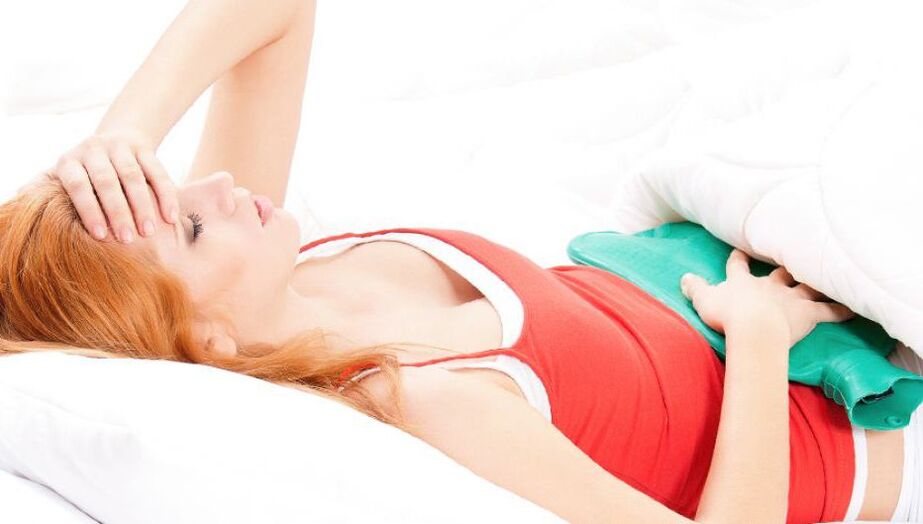
The main task facing the doctor treating cystitis is the destruction of pathogenic microbes that have penetrated the bladder area and provoked inflammation of the mucous membrane. The determination of drugs for the process of antibiotic therapy of the disease is carried out according to the following parameters: the duration of the disease, the severity of the symptoms. In addition, when choosing drugs, possible side effects, the way and speed of their release, absorption of the drug, the presence of additional diseases, etc. are taken into account.
To date, there are relatively affordable drugs for the treatment of cystitis that selectively affect the causative agent of the disease, a qualified doctor will advise exactly such treatment. When swallowed, the drug is concentrated in the bladder, which makes it possible to increase its effectiveness. In addition, the use of modern antibiotics reduces the duration of cystitis treatment, protects as much as possible from side effects and reduces the risk to the patient's entire body.
Useful tips to prevent cystitis
- try to avoid hypothermia;
- regardless of the circumstances, carefully follow the rules of hygiene;
- when performing hygiene procedures, use neutral and gentle products;
- during menstruation, change the sanitary napkin in a timely manner;
- visit the toilet on time, do not delay if there is a need;
- drink more fluids;
- it is advisable to abandon tight clothes, becausecan, pressing, worsen blood circulation in the pelvic area;
- try to normalize bowel activity. If you are prone to constipation, it is recommended to increase your intake of fresh fruits and vegetables.
In this case, the symptoms and treatment of cystitis will not be a problem for you.
























